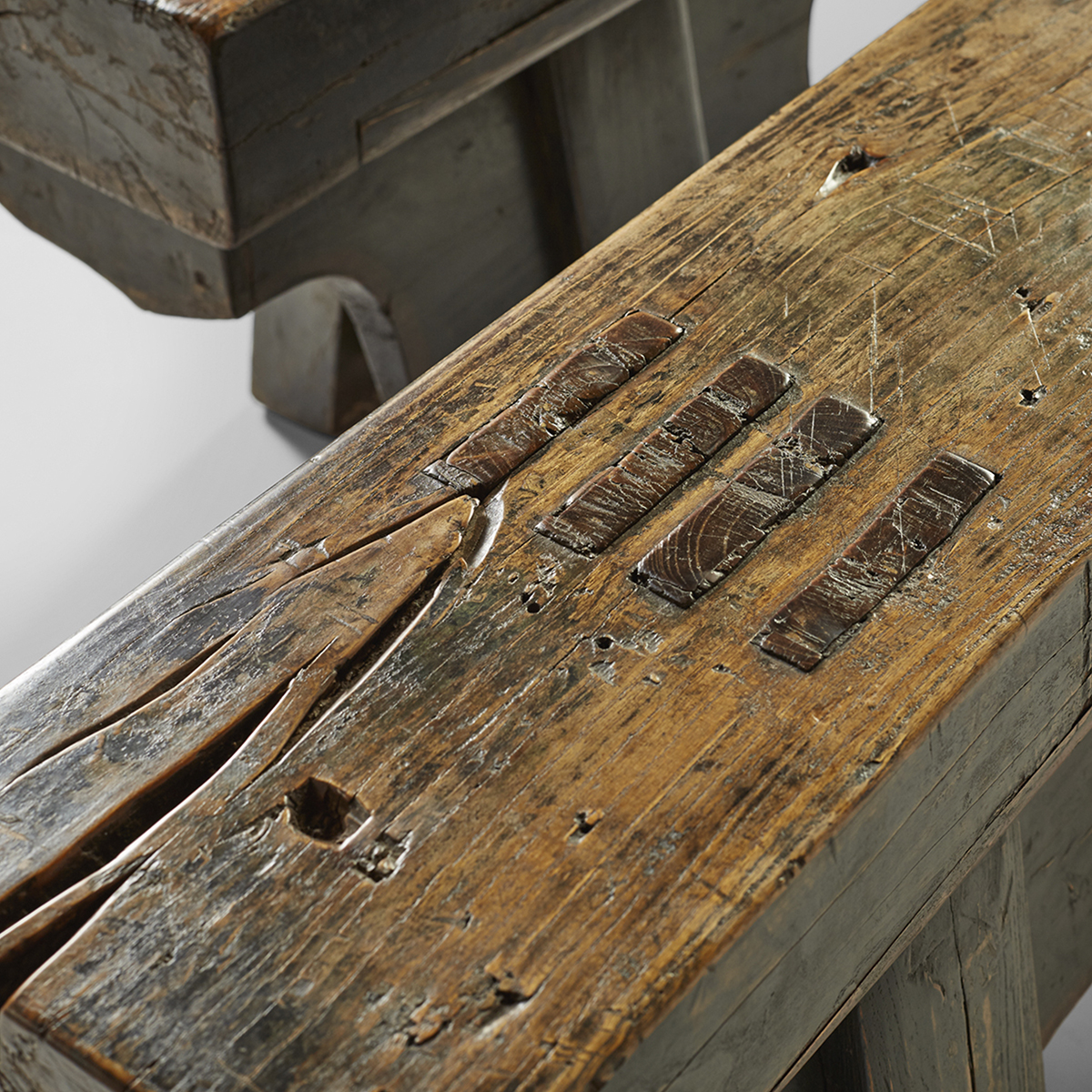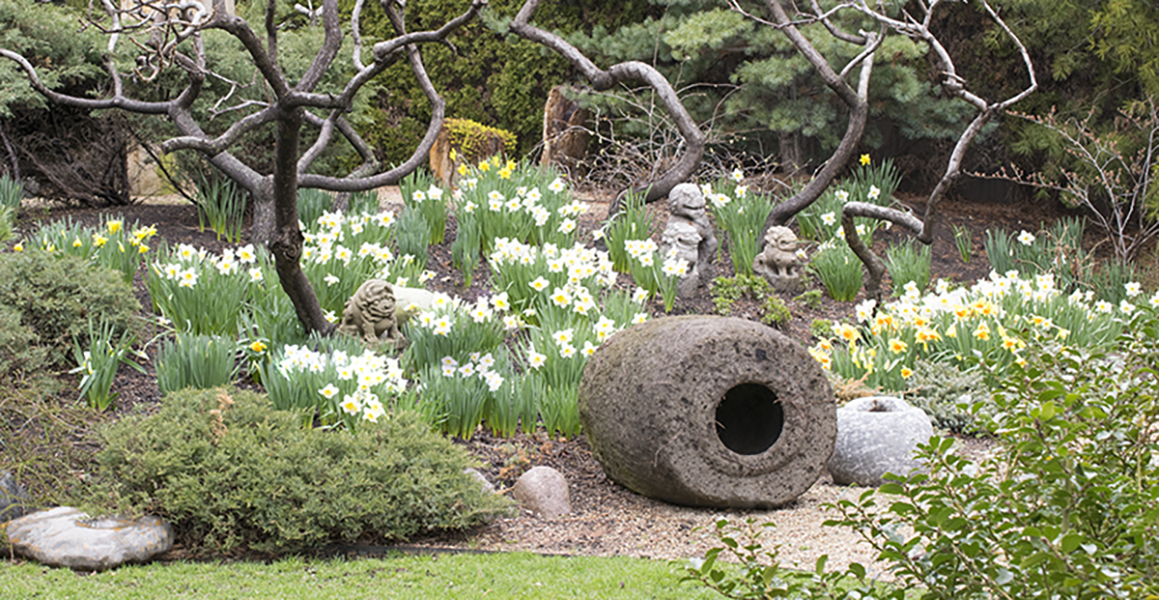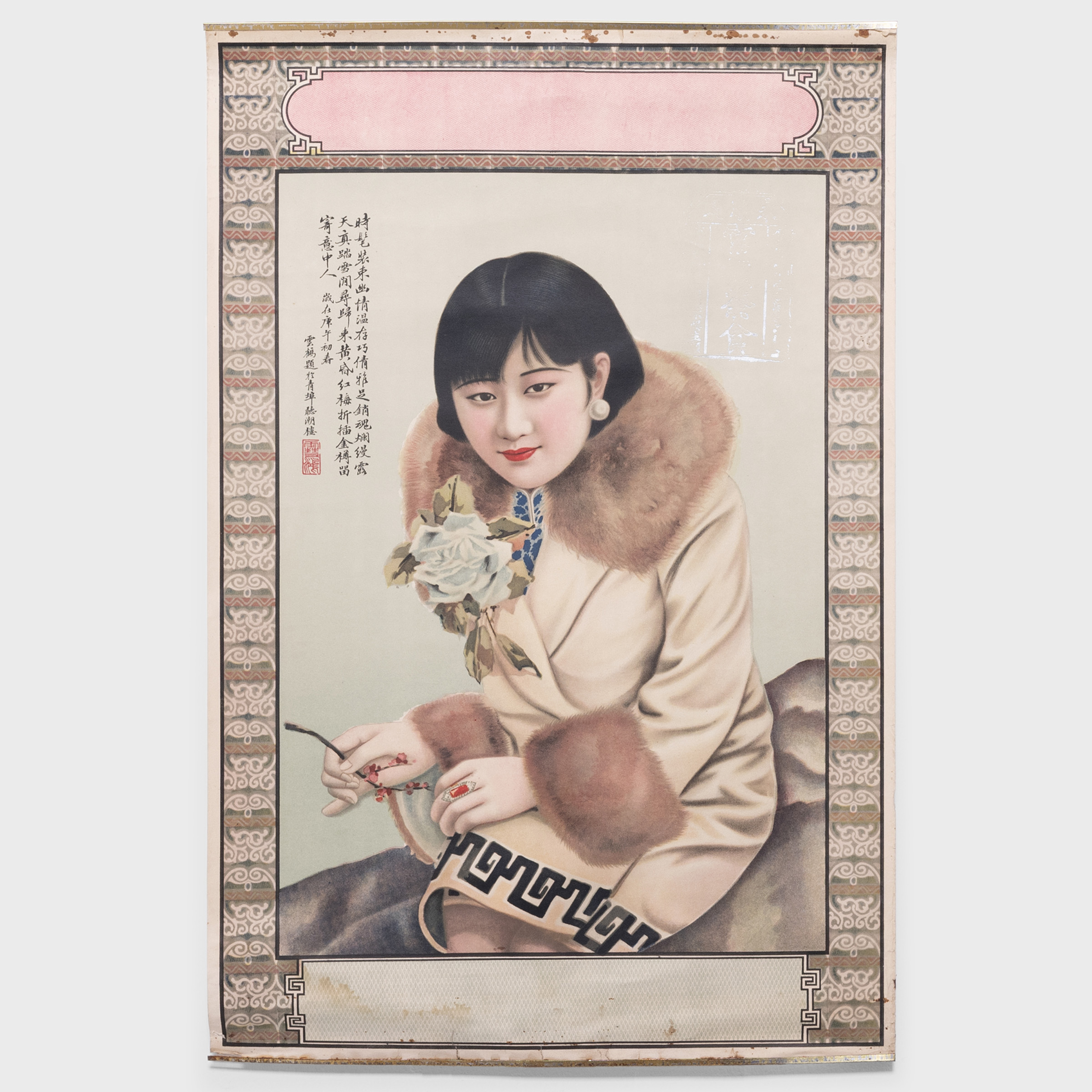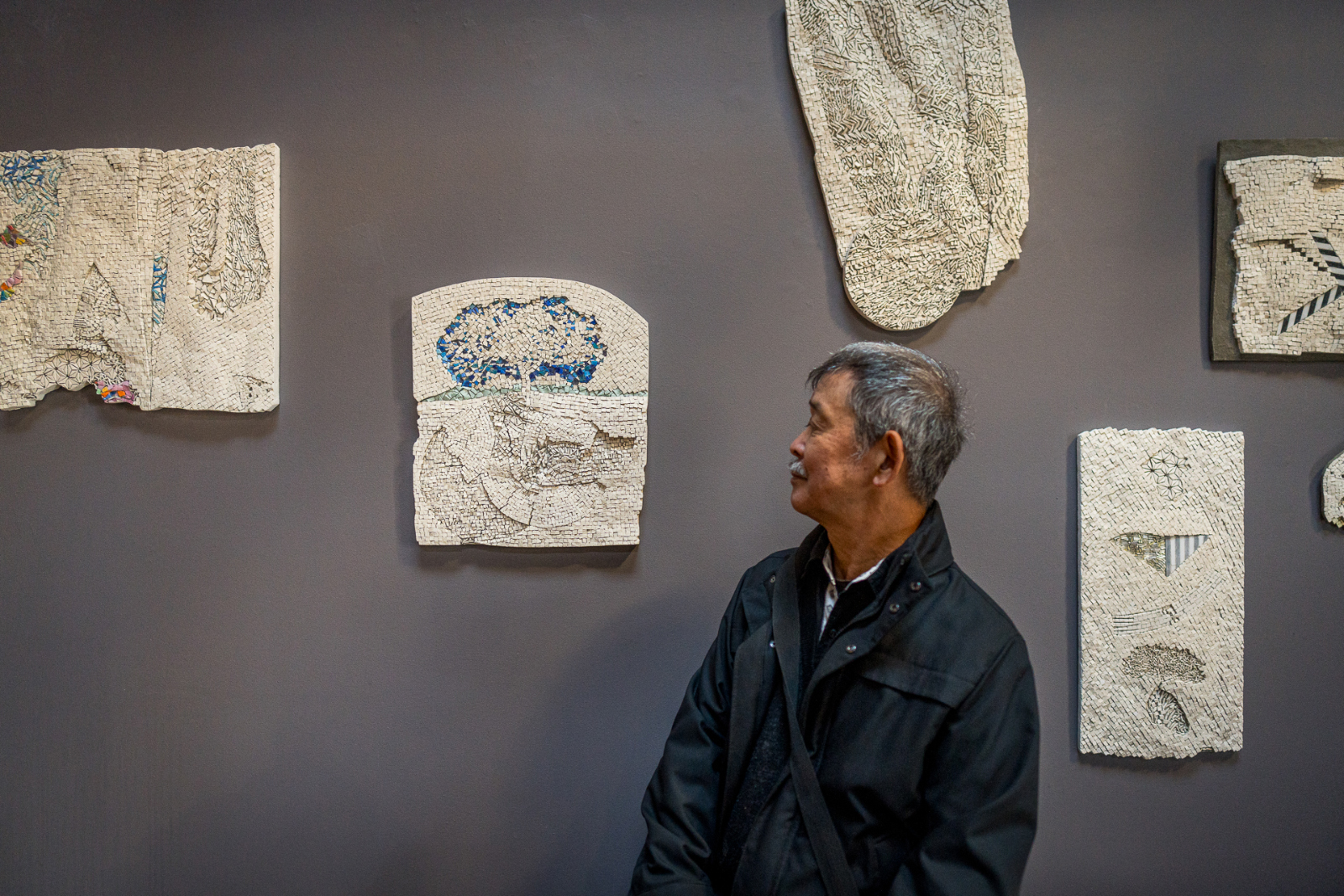
Fit & Trim: The Art & Architecture of Chinese Joinery
We all know the physical and metaphorical truth of the idiom, “There’s no use in trying to fit a square peg in a round hole.” Did its origin come out of woodworking techniques? It’s not a stretch to think so: For thousands of years, both Chinese woodworkers and Chinese architects have used mortise-and-tenon joints to join pieces of wood. The technique involves a square-to-square or rectangle-to-rectangle tenon, or “peg,” being fitted into a mortise, or “hole.”
The dimensions of the tenon must be carved precisely to mirror that of the mortise for the two to successfully fit together. As a rule, nails and screws have never been used in this process. History has proven that furniture created with nails and screws often ends up wobbling, unlike a piece precisely joined with mortise and tenon, in which individually carved pieces fit fast into one another.
The mortise-and-tenon technique is superior in its strength, sturdiness and seamless construction of wood joints. It is an elegant solution, and its longevity is a reason so many woodworkers still use it today. It’s no wonder, then, that as Chinese architects used mortise-and-tenon joints for thousands of years to build houses, Chinese furniture makers employed the same technique to construct tables, chairs and cabinets—ensuring that beautiful pieces were built to last.
Furniture design in China has been a revered craft for thousands of years. Yet, prior to the Ming period, no word existed in the Chinese language for objects we would call or describe as “furniture” today. Beds, tables, cabinets, and chairs were referred to as “household implements.”
Doesn’t have quite as nice of a ring to it, does it?


